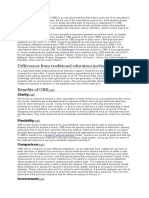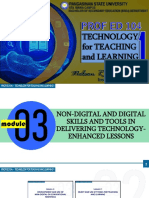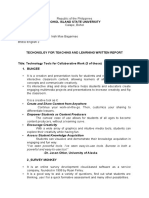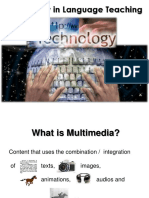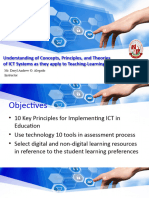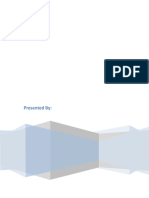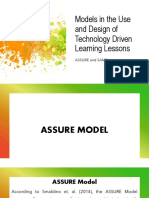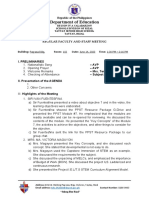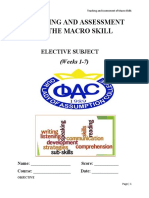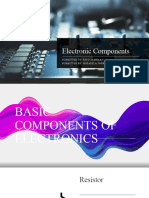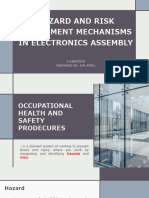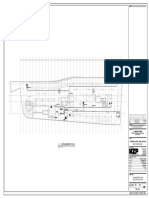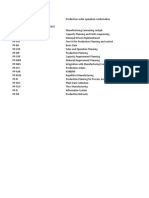0% found this document useful (0 votes)
114 views6 pagesModule 1 - Lesson 1
Module 1 introduces essential concepts and terms related to technology for teaching and learning, emphasizing the importance of technology in education. Students will learn to define key terms, communicate effectively with peers, and explain the roles of technology in enhancing student learning. The module includes activities and discussions to deepen understanding of various technological tools and their applications in educational settings.
Uploaded by
April John ArbutanteCopyright
© © All Rights Reserved
We take content rights seriously. If you suspect this is your content, claim it here.
Available Formats
Download as PDF, TXT or read online on Scribd
0% found this document useful (0 votes)
114 views6 pagesModule 1 - Lesson 1
Module 1 introduces essential concepts and terms related to technology for teaching and learning, emphasizing the importance of technology in education. Students will learn to define key terms, communicate effectively with peers, and explain the roles of technology in enhancing student learning. The module includes activities and discussions to deepen understanding of various technological tools and their applications in educational settings.
Uploaded by
April John ArbutanteCopyright
© © All Rights Reserved
We take content rights seriously. If you suspect this is your content, claim it here.
Available Formats
Download as PDF, TXT or read online on Scribd
/ 6


